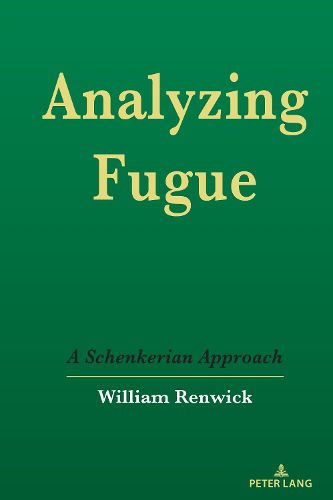Readings Newsletter
Become a Readings Member to make your shopping experience even easier.
Sign in or sign up for free!
You’re not far away from qualifying for FREE standard shipping within Australia
You’ve qualified for FREE standard shipping within Australia
The cart is loading…






This title is printed to order. This book may have been self-published. If so, we cannot guarantee the quality of the content. In the main most books will have gone through the editing process however some may not. We therefore suggest that you be aware of this before ordering this book. If in doubt check either the author or publisher’s details as we are unable to accept any returns unless they are faulty. Please contact us if you have any questions.
How did Bach, Handel, and others go about improvising and composing masterful fugues, many of which remain popular and beloved to this day? What are the underlying principles that govern this most elevated musical art? This book explores the application of Heinrich Schenker's groundbreaking theory of tonal music to the field of fugue, with special reference to J. S. Bach's Well-Tempered Clavier. Building upon the conventional patterns of thoroughbass and counterpoint, it covers the tonal structure of subjects and answers, the tonal patterns of fugal expositions, sequences, strettos, and complete fugues. It develops a theory of subject and answer paradigms and voice-leading patterns that undergird and shape the great fugal works of the baroque era.
$9.00 standard shipping within Australia
FREE standard shipping within Australia for orders over $100.00
Express & International shipping calculated at checkout
This title is printed to order. This book may have been self-published. If so, we cannot guarantee the quality of the content. In the main most books will have gone through the editing process however some may not. We therefore suggest that you be aware of this before ordering this book. If in doubt check either the author or publisher’s details as we are unable to accept any returns unless they are faulty. Please contact us if you have any questions.
How did Bach, Handel, and others go about improvising and composing masterful fugues, many of which remain popular and beloved to this day? What are the underlying principles that govern this most elevated musical art? This book explores the application of Heinrich Schenker's groundbreaking theory of tonal music to the field of fugue, with special reference to J. S. Bach's Well-Tempered Clavier. Building upon the conventional patterns of thoroughbass and counterpoint, it covers the tonal structure of subjects and answers, the tonal patterns of fugal expositions, sequences, strettos, and complete fugues. It develops a theory of subject and answer paradigms and voice-leading patterns that undergird and shape the great fugal works of the baroque era.